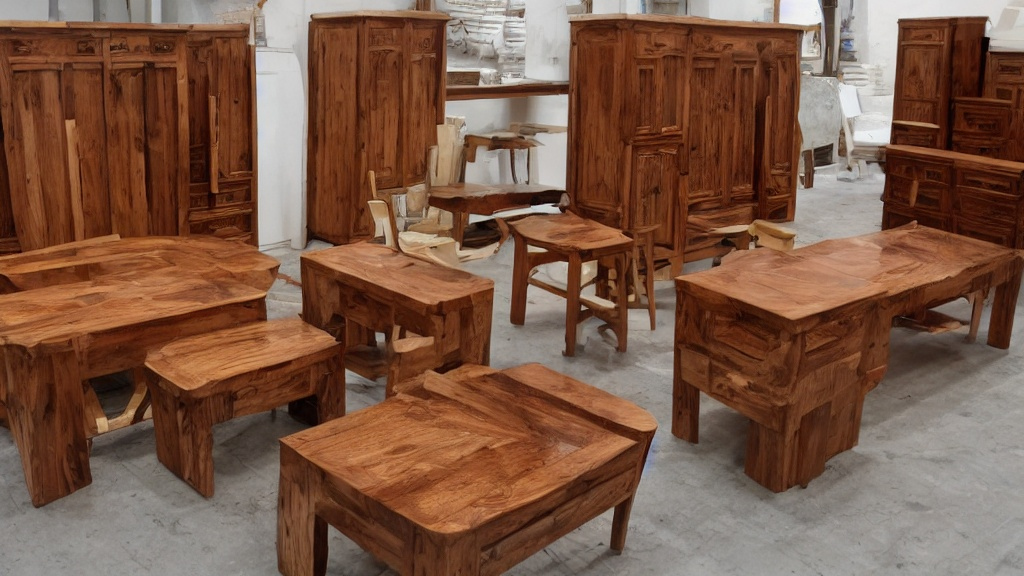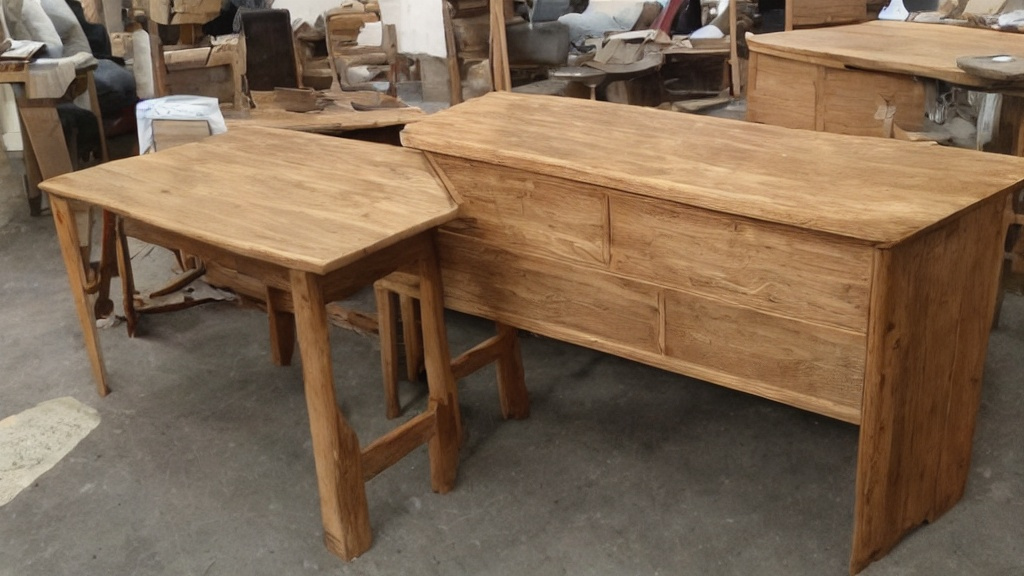
Wooden furniture has long been cherished for its timeless beauty, versatility, and durability, serving as a cornerstone of interior design in homes around the world. From classic designs that evoke a sense of tradition and heritage to modern interpretations that embrace innovation and creativity, wooden furniture styles span a rich tapestry of craftsmanship, culture, and craftsmanship. Let’s embark on a journey through some of the most iconic wooden furniture styles, exploring their unique characteristics, historical significance, and enduring appeal.
Traditional Styles: Embracing Timeless Elegance
Traditional wooden furniture styles draw inspiration from centuries-old craftsmanship and design principles, embodying a sense of refinement, sophistication, and craftsmanship. From ornately carved details and rich, warm finishes to sturdy construction and timeless silhouettes, traditional furniture styles evoke a sense of nostalgia and heritage that resonates with lovers of classic design. Examples of traditional styles include:
- Victorian: Characterized by elaborate ornamentation, curved lines, and dark wood finishes, Victorian furniture exudes opulence and grandeur, reflecting the aesthetic tastes of the 19th-century Victorian era.
- Colonial: Influenced by early American design, colonial furniture features simple, utilitarian forms, clean lines, and sturdy construction, emphasizing function over ornamentation and showcasing the beauty of natural wood grains.
- Queen Anne: Known for its graceful curves, cabriole legs, and refined detailing, Queen Anne furniture embodies the elegance and sophistication of 18th-century English design, offering a blend of comfort and style that remains popular to this day.

Modern Styles: Embracing Minimalism and Innovation
In contrast to traditional styles, modern wooden furniture embraces simplicity, functionality, and innovation, reflecting the aesthetic sensibilities of the 20th and 21st centuries. Characterized by clean lines, geometric shapes, and sleek finishes, modern furniture styles prioritize form and function, offering a contemporary interpretation of classic design principles. Examples of modern styles include:
- Mid-Century Modern: Inspired by the design movements of the mid-20th century, mid-century modern furniture features clean lines, organic forms, and natural materials, blending Scandinavian simplicity with American ingenuity to create timeless pieces that are both stylish and functional.
- Scandinavian: Rooted in the principles of simplicity, functionality, and sustainability, Scandinavian furniture design emphasizes clean lines, minimalist forms, and natural materials like birch, beech, and oak, creating a sense of warmth, serenity, and harmony in any space.
- Contemporary: Characterized by bold shapes, innovative materials, and experimental techniques, contemporary furniture design pushes the boundaries of traditional craftsmanship to create cutting-edge pieces that are both visually striking and highly functional, reflecting the ever-evolving tastes and lifestyles of modern society.
Rustic Styles: Embracing Natural Beauty and Texture
Rustic wooden furniture styles celebrate the beauty of nature, embracing imperfections, textures, and organic forms to create pieces that are both charming and authentic. Inspired by the rugged landscapes and craftsmanship of rural regions, rustic furniture styles evoke a sense of warmth, coziness, and nostalgia that resonates with lovers of country living. Examples of rustic styles include:
- Farmhouse: Inspired by the simplicity and functionality of rural farmhouses, farmhouse furniture features sturdy construction, distressed finishes, and practical design elements like turned legs, plank tops, and exposed hardware, creating a cozy, welcoming atmosphere in any home.
- Log Cabin: Rooted in the traditions of log cabin construction, log cabin furniture showcases the natural beauty of wood, incorporating raw edges, knotholes, and other imperfections to create pieces that are as unique as they are charming, evoking a sense of rustic elegance and authenticity.
- Adirondack: Named after the mountainous region of upstate New York, Adirondack furniture is characterized by its rugged construction, slatted design, and iconic “bentwood” aesthetic, embodying the spirit of outdoor living and adventure with its timeless appeal and natural beauty.
From traditional elegance to modern innovation, rustic charm to contemporary flair, wooden furniture styles encompass a rich tapestry of craftsmanship, culture, and creativity that transcends time and trends. Whether you’re drawn to the timeless elegance of Victorian antiques, the sleek simplicity of mid-century modern classics, or the rustic charm of farmhouse treasures, wooden furniture offers a myriad of options to suit every taste, style, and budget. So embrace the beauty of wood, and let its natural warmth and character infuse your home with style, comfort, and enduring appeal.